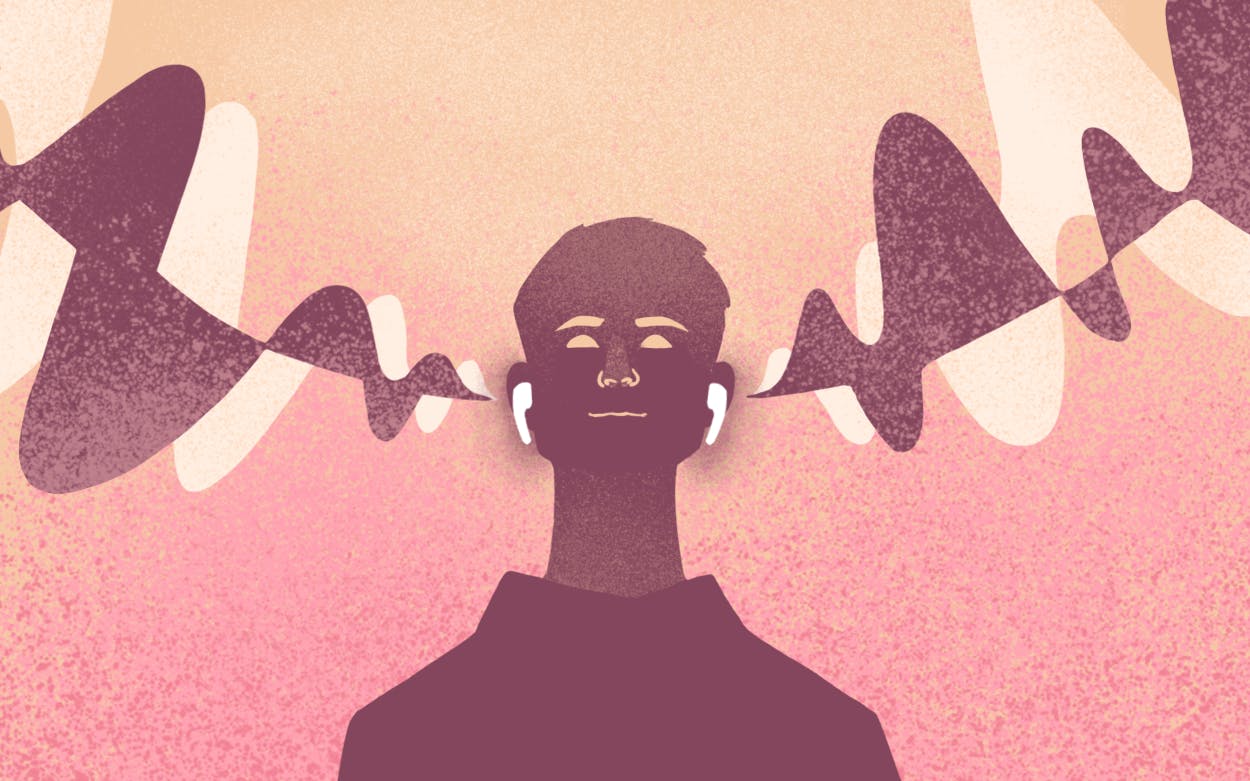The consumerization of the multi-billion dollar hearing aid market

The observation
Apple's AirPods have become a technology platform in their own right over the past few years. With iOS 14, Apple introduced Live Listen, enabling customers to use their iPhone as a remote directional microphone. With this feature, AirPods can provide some of the same functionality you might expect from a hearing aid: personalized amplification plus noise cancellation to make it easier to hear those around you.
This is a welcome development, as consumers of hearing aids have long expressed frustration with the high cost and complex care involved in treating hearing loss.
The WHO estimates that by 2050 nearly 2.5 billion people will be living with some degree of hearing loss, at least 700 million of whom will require rehabilitation services.
The consumerization of the previously highly isolated hearing aid market through the rise of ever smaller and smarter earbuds is opening up many new opportunities.
Not just for startups – e.g. Olive Union, a developer of wireless earbuds and smart hearing aids, announced the closing of a $7M Series B in early April – and hearing aid companies, but also for underserved customers who experience hearing loss, but not at a severe enough level to attract the attention of mainstream innovation.
Our perspective
As in many other areas, the consumer electronics industry and the professional medical device industry are merging in the hearing aid market. The key question will be who has the advantage in this asymmetric competition: The high-tech acousticians who build expensive individualized high-tech hearing aids or consumer electronics players with cheaper, software-powered devices?